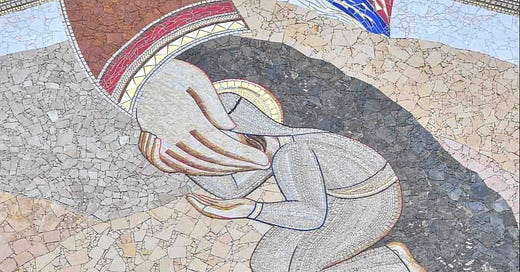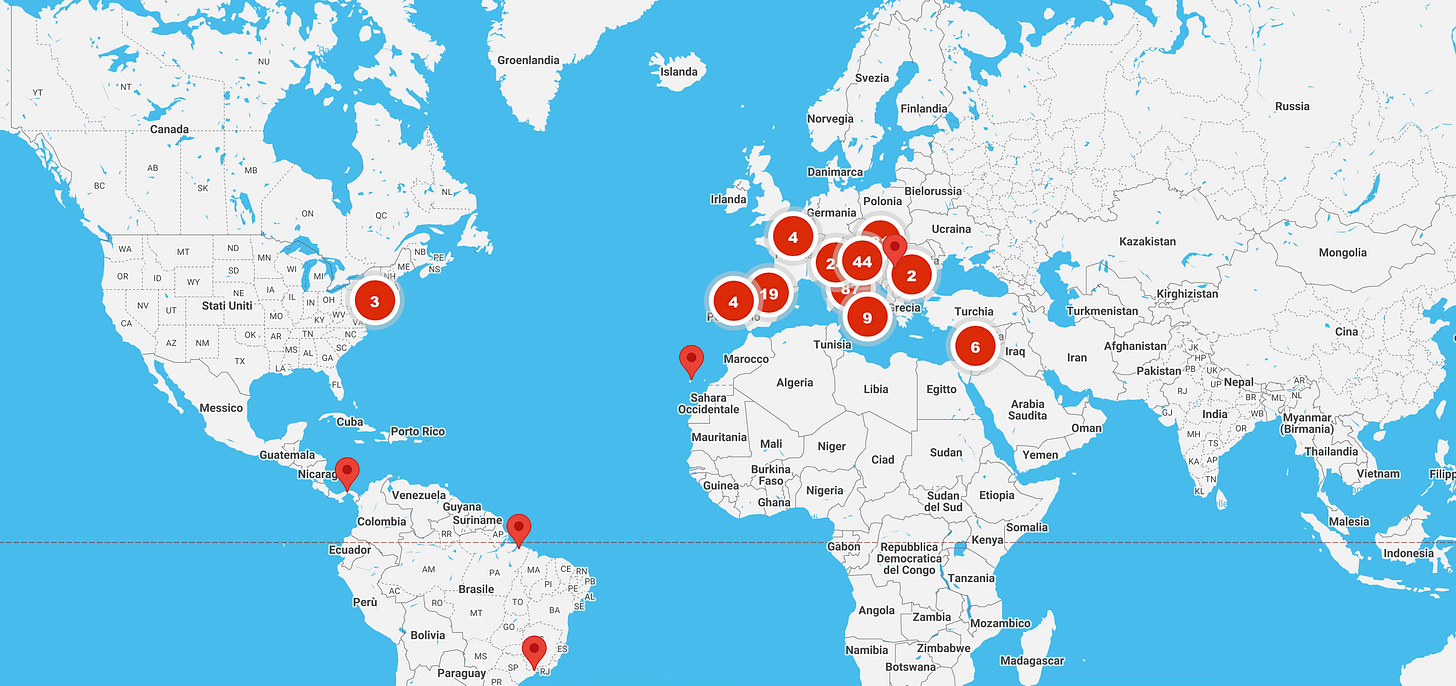The Art of Abuse: The Brazil Problem with Marko Rupnik
Federica Tourn's investigation into the newly inaugurated mosaics in Brazil demonstrates how Pope Francis's Church continues to spend millions on the works of the priest-artist expelled by the Jesuits
Two of the world's most famous religious centers adopt opposite stances on a delicate issue such as sexual abuse in the Church and the relationship between a violent artist and his art
Federica Tourn
At the National Sanctuary of Our Lady of Aparecida in São Paulo, Brazil, the largest Marian basilica in the world, the day has come to inaugurate the south façade.
Like the north façade, the grand southern entrance is now covered with mosaics by Jesuit artist Marko Rupnik, a figure far from ordinary. The renowned theologian and artist has been accused of abuse by over twenty women.
However, the Brazilian Church remains unperturbed, continuing to take pride in the Aparecida project—an immense endeavor involving 41 professional artists and 500 workers assembling over three thousand square meters of mosaics on the façade and 650 square meters on the colonnade with scenes of Jesus' Passion.
This marks the most challenging phase of the "Jornada Biblica," the artistic and pastoral project of the Congregation of the Most Holy Redeemer, which administers the sanctuary and aims to transform it into "the world's largest open-air Bible."
Rupnik's works and those of the Aletti Center, which he founded, are present in over 230 churches and religious institutions worldwide. Yet, following the scandal revealed by his victims, there have been considerations to remove them.
The Aletti Center's Works Around the World
This is happening in Lourdes, where next month, the Bishop of Tarbes and Lourdes, Jean-Marc Micas, will decide whether Rupnik's mosaics should be removed from the Basilica of the Rosary façade.
It also occurred in the United States where, at the beginning of April, the Catholic association Knights of Columbus requested the removal of Rupnik's works from the Redemptor Hominis Church and the chapel of the National Shrine of Saint John Paul II in Washington.
In Aparecida, all the basilica’s façades are to be decorated with Aletti Center mosaics—work is already fervently underway on the east wall. If the bishop of Lourdes decides to remove the mosaics, we could soon face a chaotic paradox: in Europe, a sanctuary destroys the works of the abusive priest, while overseas, another installs and celebrates them.
Effectively, two of the world's most famous religious centers adopt opposite stances on a delicate issue such as sexual abuse in the Church and the relationship between a violent artist and his art.
Continua a leggere con una prova gratuita di 7 giorni
Iscriviti a Appunti - di Stefano Feltri per continuare a leggere questo post e ottenere 7 giorni di accesso gratuito agli archivi completi dei post.






